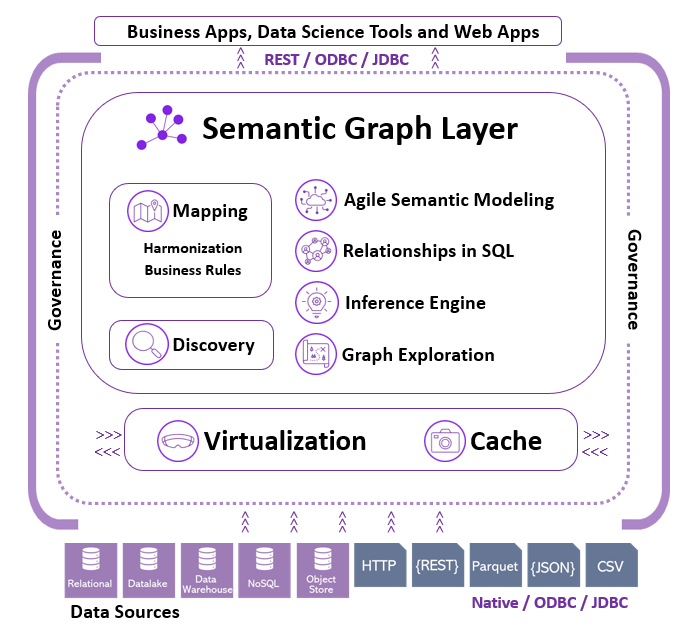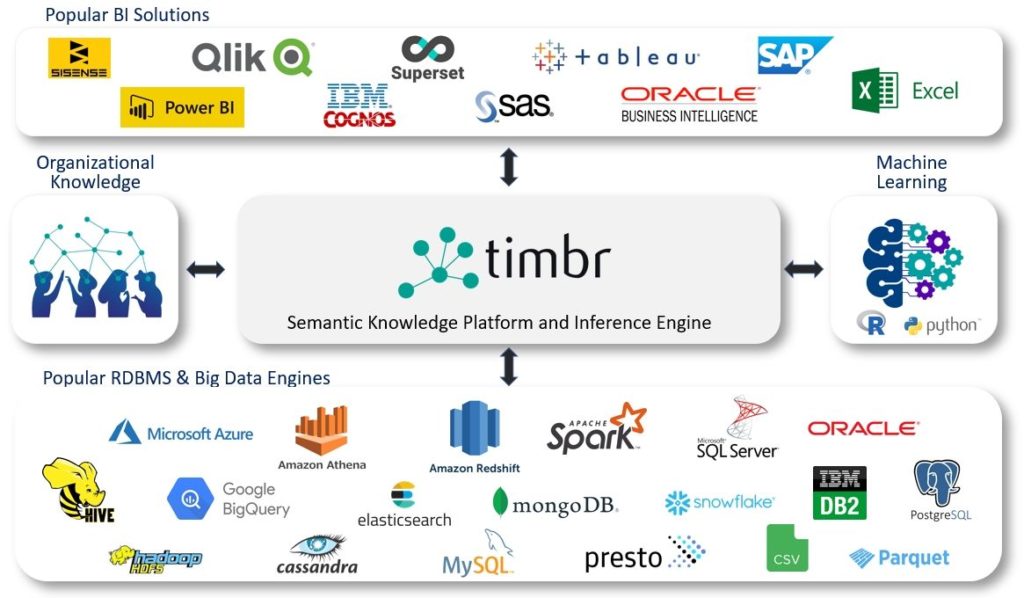Timbr Intelligent Semantic Platform
The SQL-native knowledge graph that turns databases into reasoning machines
What is Timbr
Timbr delivers the powers of semantic knowledge graphs to the SQL data ecosystem including modeling, relationships, virtualization and more.
The platform installs on top of existing databases to enable creation of virtual semantic models mapped to the underlying data and provides seamless connectivity to the popular BI and data science tools in use by organizations.
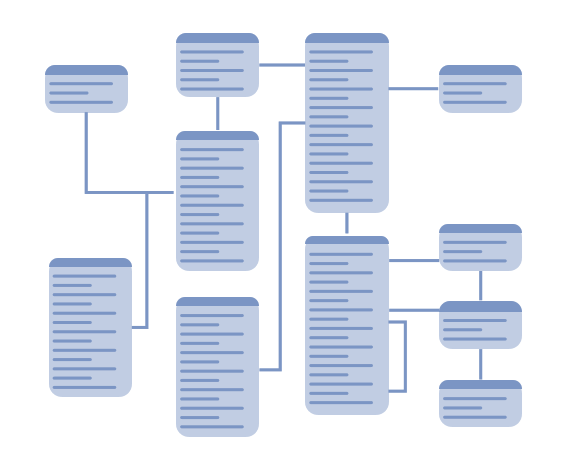
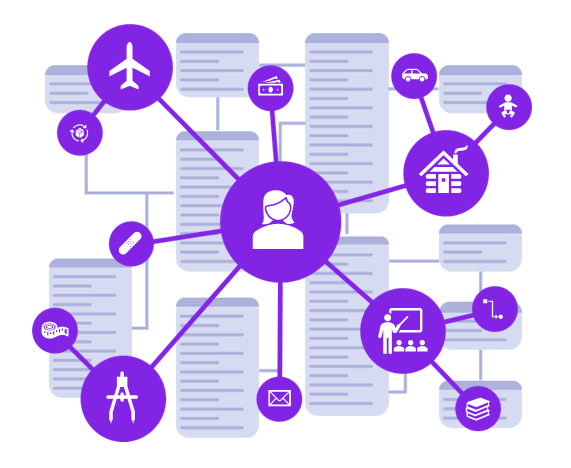
Timbr empowers data teams to:
- Create semantic graph models to give meaning to data.
- Map all data sources to the model to create a single source of truth and gain universal access with consistent metrics.
- Query the model in SQL using relationships that replace JOINs.
- Query the model in Spark, Python, R, Java or Scala to power data science and ML.
- Virtualize and cache data to optimize query performance.
- Visualize and explore data as a graph (web of relationships).
- Use of-the-shelf graph algorithms for advanced analytics without need of transforming data.
- Accelerate delivery of data products and enable universal data consumption via REST / ODBC / JDBC to power web applications and analytical tools.
Add: (maybe modeling page)
1. Semantic Data Model = Virtual Ontology
– Agile data model
• Integrate data virtually
• Unify naming conventions
• Apply changes on the fly
• Manage business rules
– Intelligent data model
• Inheritance – Hierarchy of business concepts
• Business metrics & definitions in the data model
• Relationships-rich model – Eliminating JOINs and MTM tables
– Intuitive data model (governance and collaboration – data sharing)
• Business terms and description
• Visual graph model exploration
• Explore data model lineage
– Version controlled data model
• Change, delete or update, everything is audited
• Monitor changes
• Roll back when required
– Create aggregate views from the data model (usage/analytics)
• Aggregate and transform the denormalized data model
• Build metrics/KPIs
– Sharable data model
• Import industry data models
• Import OWL data models
• Export into ERD/OWL
– Secured data model
• RBAC: Role based access control
• Default role per Knowledge Graph / Datasource
• Row-level access controls per role/user
Knowledge Graph Superpowers for the SQL Ecosystem
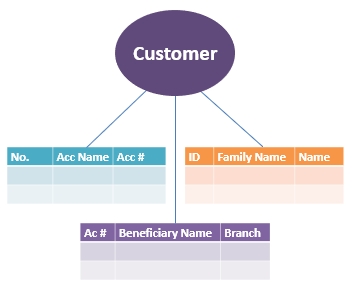
Semantic Representation
of Data
Model and integrate data using common concepts to unify meaning and align business metrics across data products
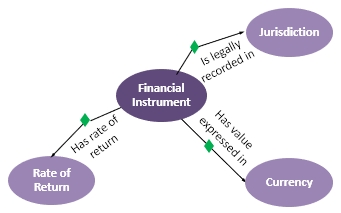
Semantic Relationships
Define relationships that substitute complex JOIN statements so queries become much simpler and shorter
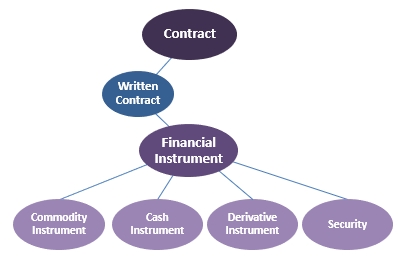
Hierarchies and Classifications
Organize concepts using hierarchies and classifications that provide better understanding of the data
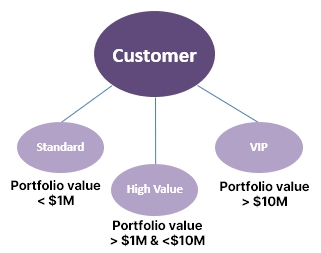
Logic
Use SQL logic and math operators to filter the mapped data to a concept to facilitate and accelerate consumption
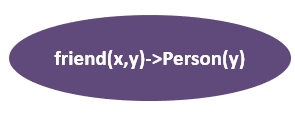
Semantic Reasoning
Define inference rules that add new information to the existing dataset, providing context and valuable insights
Fast and Easy Implementation
Seamless Integration
ODBC and JDBC integration with the SQL ecosystem, eliminating the need to move and transform data.
Leverage your relational infrastructure
Boost existing IT infrastructure and benefit from the latest cloud technologies without the need of new investments.
Leverage Employee Skills
Any SQL-fluent data professional can learn and deliver results with Timbr. No need to retrain IT personnel and no need to learn new programming languages.

